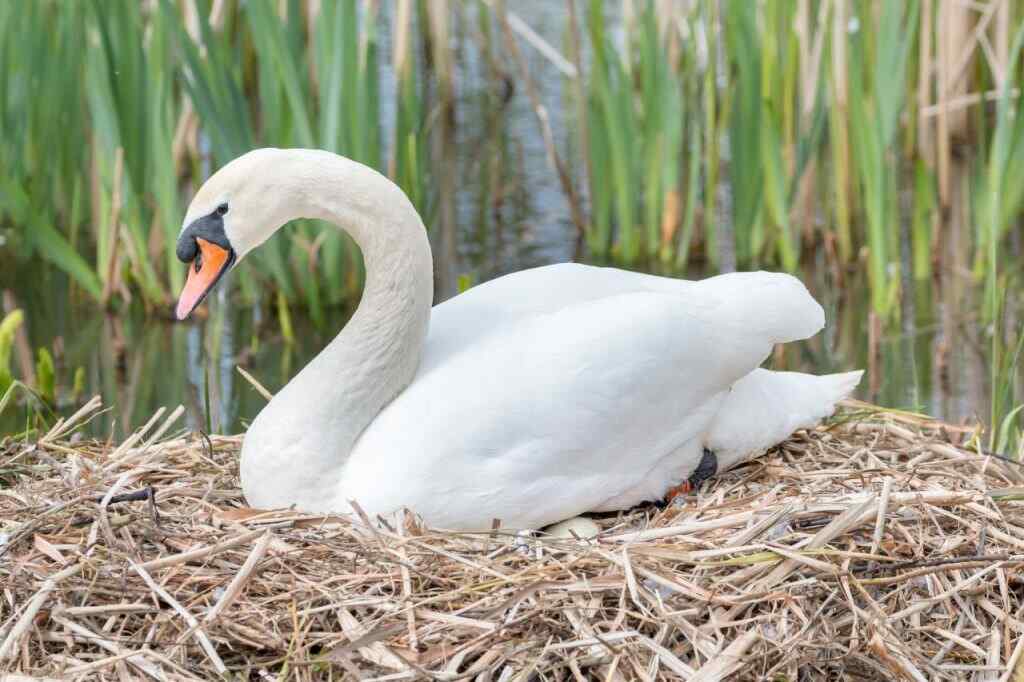Unveiling the Enigmatic Emergence of Periodical Cicadas: A Double Brood Spectacle in 2024
In the heart of 2024, an extraordinary natural phenomenon will unfold across the Midwest and Southeast of the United States: the simultaneous emergence of two periodical cicada broods, Brood XIII and Brood XIX. This remarkable event, occurring once in over two centuries, promises to be a captivating spectacle of sights, sounds, and ecological interactions. Prepare yourself for a journey into the fascinating world of these enigmatic insects.
A Journey Through Time: The Life Cycle of Periodical Cicadas
Unlike their annual counterparts, periodical cicadas embark on an extraordinary life cycle that spans either 13 or 17 years. After hatching from eggs, these insects spend the vast majority of their lives underground as nymphs, feeding on tree roots and preparing for their grand emergence. When the time is ripe, they emerge from their subterranean havens, shedding their nymphal exoskeletons and transforming into adult cicadas.
This year’s cicada emergence is particularly noteworthy due to the convergence of two broods, Brood XIII and Brood XIX. Brood XIII, with its 17-year life cycle, will emerge in Northern Illinois, while Brood XIX, following a 13-year cycle, will grace parts of the southeastern United States. The potential overlap of these broods in a small area near Springfield, Illinois, has ignited excitement among scientists and nature enthusiasts alike.
A Chorus of Clicks and Buzzes: The Soundscape of Cicadas
Cicadas are renowned for their distinctive sounds, which range from high-pitched whines to rhythmic ticks and buzzing. Male cicadas produce these captivating melodies by vibrating a specialized organ near their wings, creating a chorus that can reach deafening levels. The cacophony of cicada calls serves as a mating call, attracting potential mates from across the landscape.
An Ecological Balancing Act: The Role of Cicadas in the Ecosystem
Despite their occasional nuisance to humans, cicadas play a crucial role in the ecological balance of their habitats. As they emerge, they aerate the soil through their tunneling, improving water infiltration and promoting root growth. Upon their demise, their decaying bodies enrich the soil with essential nutrients, benefiting the surrounding plant life. Additionally, cicadas serve as a vital food source for birds, small mammals, and other predators, contributing to the intricate web of life in their ecosystems.
A Changing Climate and Its Impact on Cicada Behavior
Climate change is not without its effects on these fascinating creatures. Studies have shown that cicadas are emerging earlier in the spring than they did a century ago, potentially due to rising temperatures. Moreover, there have been instances of broods emerging years ahead of schedule, possibly triggered by extreme weather events. The impact of climate change on cicada populations and their intricate life cycles remains an area of ongoing research.
A Spectacle of Nature: Embracing the Cicada Emergence
Despite the occasional inconvenience caused by their sheer numbers, cicadas offer a unique opportunity to witness the wonders of nature’s intricate cycles. Their emergence is a testament to the resilience and diversity of life on Earth. Whether you choose to embrace the spectacle or seek temporary refuge from the buzzing chorus, the 2024 double brood emergence of periodical cicadas promises to be an unforgettable experience.
A Call to Action: Be a Part of the Spectacle
The 2024 cicada emergence is a rare opportunity to witness a natural phenomenon that few people get to experience in their lifetime. Make the most of this extraordinary event by planning a trip to one of the affected areas, attending educational programs and workshops, or simply stepping outside and enjoying the spectacle from your own backyard. Share your experiences and observations with others, and help raise awareness about the importance of these fascinating creatures.
